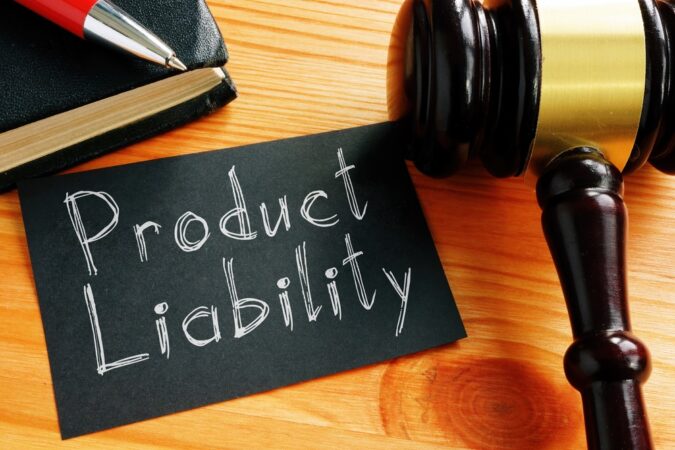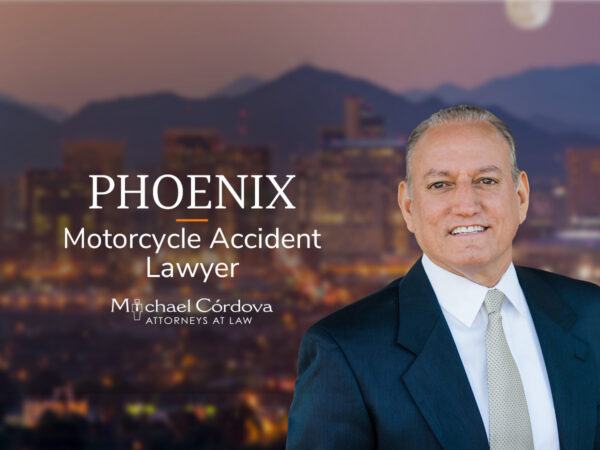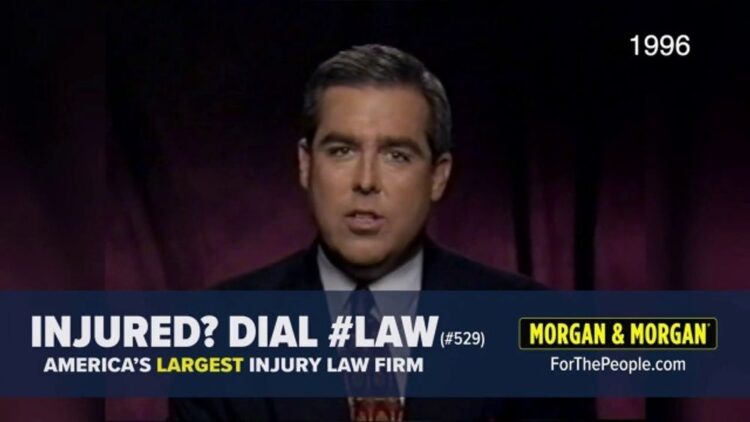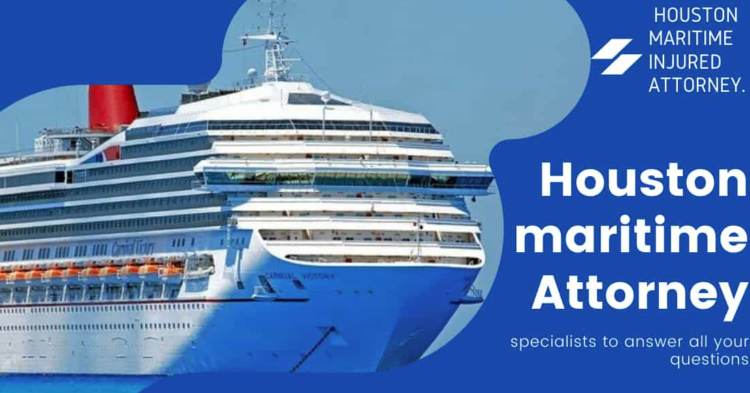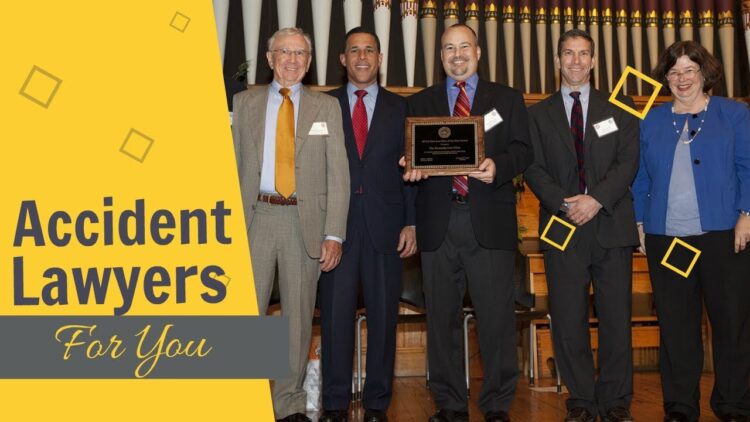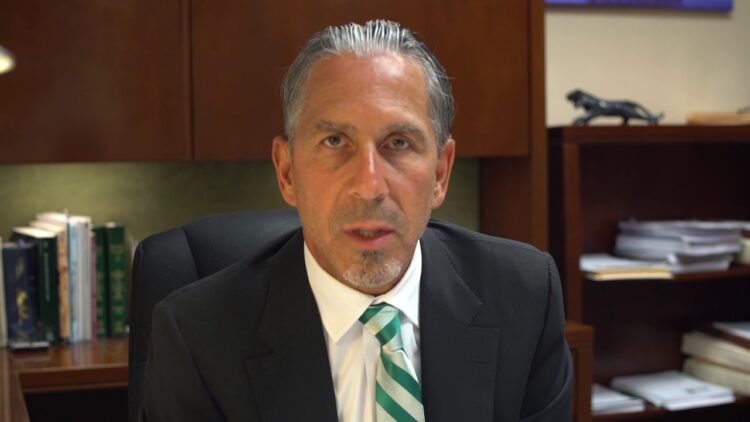
Legal Framework
Product liability refers to the legal responsibility of manufacturers, distributors, suppliers, and retailers for the injuries or damages caused by defective products.
Product liability claims can arise from various scenarios, including design defects, manufacturing defects, and failure to warn of potential hazards.
Types of Product Liability Claims
- Negligence: Failure to exercise reasonable care in designing, manufacturing, or distributing a product.
- Breach of Warranty: Violation of an express or implied promise about the quality or performance of a product.
- Strict Liability: Liability imposed on manufacturers regardless of fault, based on the principle that they are responsible for placing defective products into the stream of commerce.
Elements of a Product Liability Case
To establish a product liability case, the plaintiff must prove the following elements:
- Defect: The product had a defect that made it unreasonably dangerous.
- Causation: The defect caused the plaintiff’s injuries or damages.
- Damages: The plaintiff suffered compensable losses as a result of the defective product.
Common Causes of Product Liability Claims
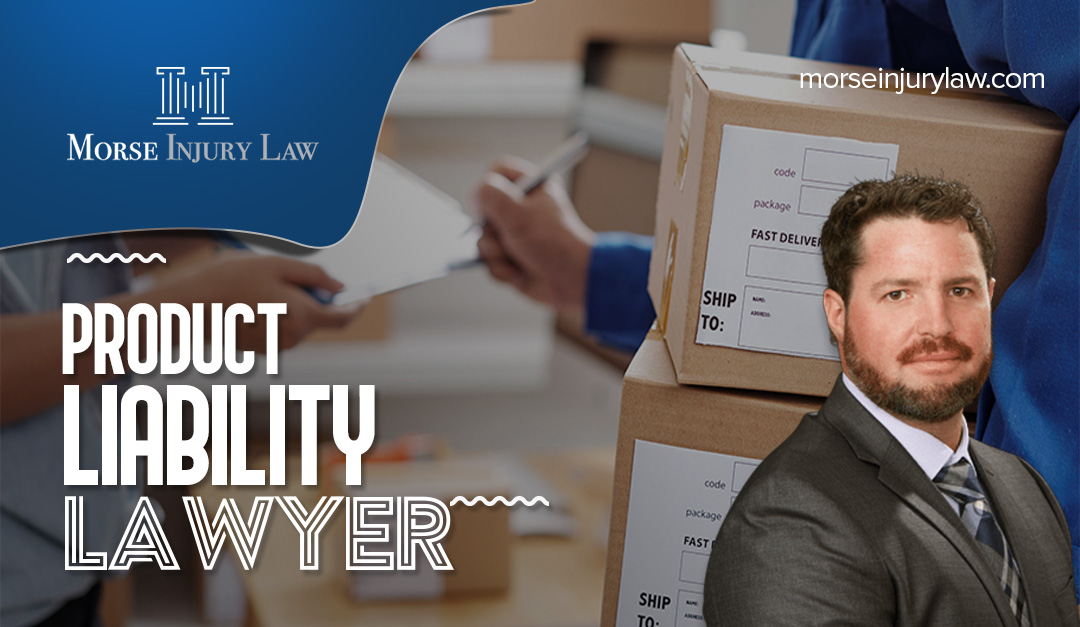
Product liability claims arise when a defective product causes harm to a consumer. Common causes of these claims include:
- Design defects: These occur when the product is inherently dangerous due to a flaw in its design. For example, a toy that is not designed to withstand normal use by children may be considered defective.
- Manufacturing defects: These occur when a product is not made according to its design specifications. For example, a car that is assembled with faulty brakes may be considered defective.
- Marketing defects: These occur when a product is marketed in a way that misleads consumers about its safety or effectiveness. For example, a drug that is advertised as a cure for a disease when it is not may be considered defective.
- Failure to warn: These occur when a manufacturer fails to provide adequate warnings about the potential dangers of a product. For example, a power tool that does not come with instructions on how to use it safely may be considered defective.
Legal Defenses in Product Liability Cases
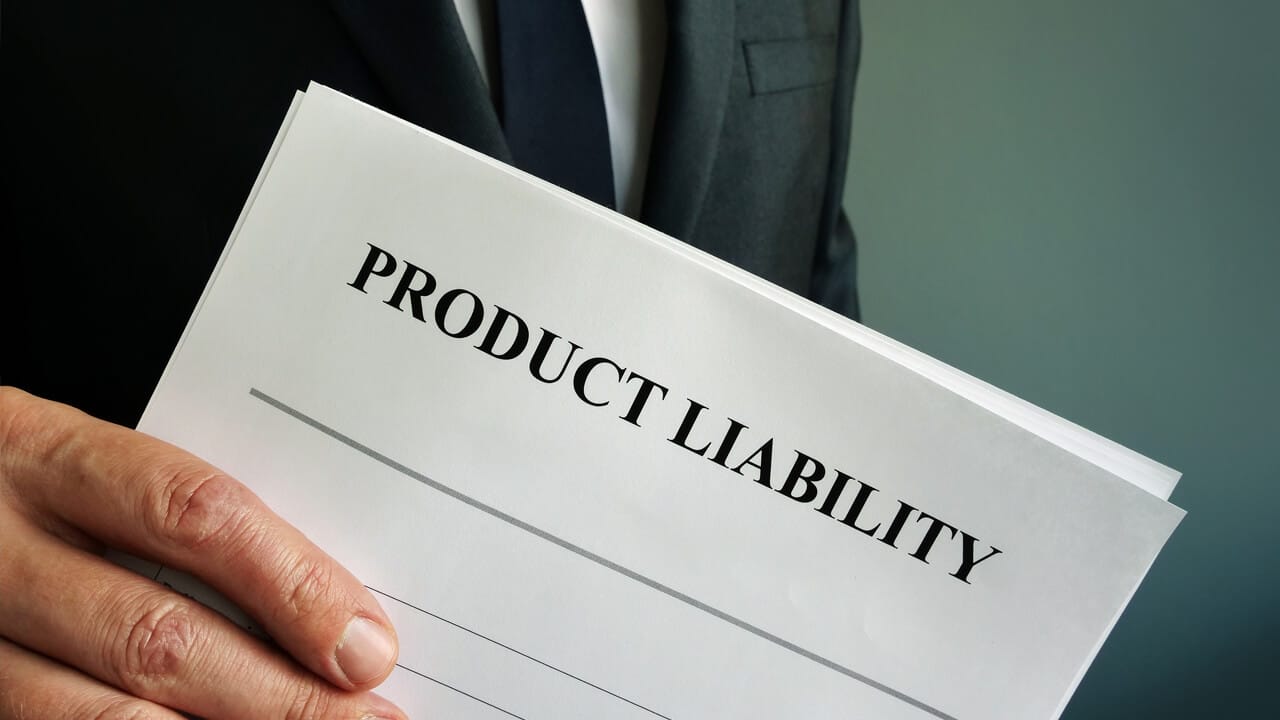
In product liability cases, defendants may assert various legal defenses to avoid liability. These defenses aim to establish that the plaintiff’s injuries were not caused by the product’s defect or that the plaintiff’s own conduct contributed to the harm.
Assumption of Risk
The defense of assumption of risk applies when the plaintiff knowingly and voluntarily exposed themselves to the product’s inherent risks. This defense is typically raised in cases involving products that are inherently dangerous, such as power tools or firearms. To establish assumption of risk, the defendant must show that the plaintiff:
- Knew and understood the risks associated with the product;
- Voluntarily chose to use the product despite those risks;
- Did not act reasonably to avoid the risks.
Role of Product Liability Lawyers
Product liability lawyers play a crucial role in protecting the rights of individuals who have suffered injuries or damages due to defective products. They investigate cases, determine liability, negotiate settlements, and represent clients in court to ensure fair compensation and accountability.
Investigate and Gather Evidence
Product liability lawyers conduct thorough investigations to gather evidence and establish the cause of the injury or damage. They interview witnesses, examine product designs and manufacturing processes, and analyze medical records to determine the extent of the harm caused by the defective product.
Determine Liability and Damages
Lawyers assess the evidence to determine who is liable for the product defect. This may involve manufacturers, distributors, retailers, or other parties involved in the product’s supply chain. They also calculate the damages suffered by the victim, including medical expenses, lost wages, pain and suffering, and other economic and non-economic losses.
Negotiate Settlements
Product liability lawyers often negotiate settlements with insurance companies or defendants to resolve cases without going to trial. This can save time and resources for both parties and allows victims to receive compensation more quickly.
Represent Clients in Court
If a settlement cannot be reached, lawyers represent their clients in court to present their case and seek damages. They prepare legal arguments, cross-examine witnesses, and advocate for their clients’ rights throughout the trial process.
Selecting a Product Liability Lawyer
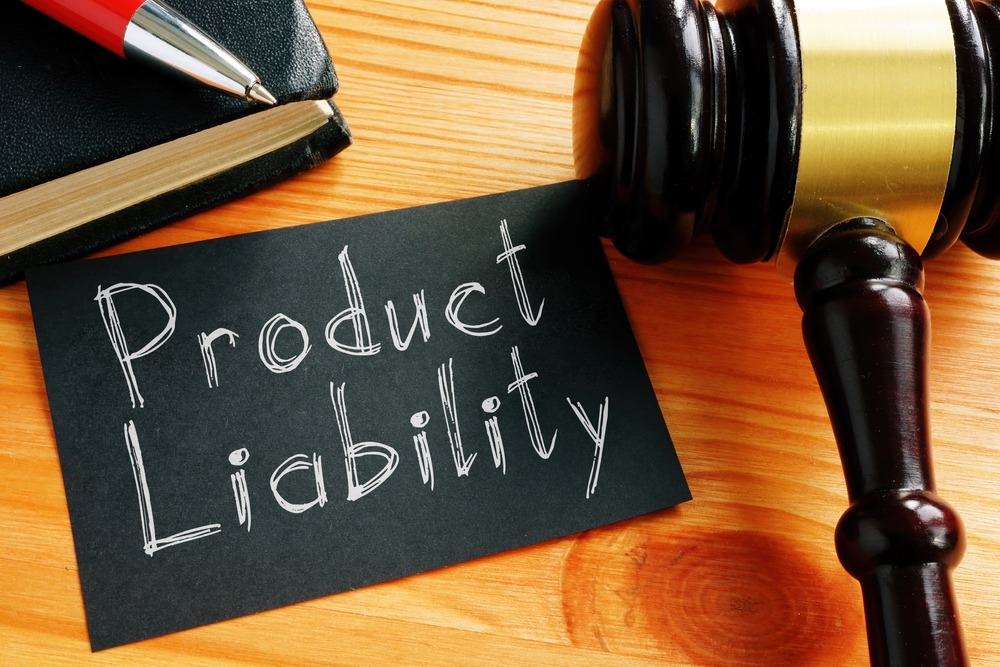
Choosing the right product liability lawyer is crucial for the success of your case. Consider the following factors when making your selection:
Experience and Expertise
- Experience in handling product liability cases: Look for a lawyer with a proven track record of success in representing clients in similar cases.
- Expertise in product liability law: Ensure the lawyer is well-versed in the specific laws and regulations governing product liability claims.
- Understanding of the relevant industry: Knowledge of the industry in which the defective product was manufactured can be beneficial.
Fees and Costs
- Contingency fee arrangements: Many product liability lawyers work on a contingency fee basis, meaning they only get paid if you win your case.
- Hourly rates: Some lawyers may charge an hourly rate for their services, regardless of the outcome of the case.
- Upfront costs: Inquire about any upfront costs, such as filing fees or expert witness fees, that you may be responsible for.
Communication and Responsiveness
- Clear and effective communication: Choose a lawyer who communicates clearly and keeps you informed about the progress of your case.
- Responsiveness to inquiries: Consider how promptly the lawyer responds to your questions and concerns.
- Accessibility: Determine the lawyer’s availability for meetings, phone calls, and emails.
Case Studies and Examples
Product liability cases are complex and vary in nature. Understanding real-world examples can provide valuable insights into the legal issues involved and their outcomes. Here are a few case studies and expert opinions to illustrate:
Ford Pinto Case
In the 1970s, Ford Motor Company faced a landmark product liability lawsuit over the Ford Pinto. The Pinto was designed with a defective fuel system that could cause fires in rear-end collisions. Ford was aware of the defect but chose not to fix it due to cost concerns. As a result, several fatal accidents occurred, leading to a $125 million settlement and criminal charges against Ford executives.
Johnson & Johnson Talcum Powder Case
Johnson & Johnson has been embroiled in a series of lawsuits alleging that its talcum powder products contain asbestos and cause ovarian cancer. The company has faced thousands of lawsuits and has paid out billions of dollars in settlements and verdicts. In 2022, a Missouri jury awarded $2.1 billion to 22 women who developed ovarian cancer after using Johnson & Johnson’s talcum powder.
Expert Insights
Experts in the field of product liability emphasize the importance of holding manufacturers accountable for defective products. According to a study by the National Center for State Courts, product liability cases have increased significantly in recent years, with plaintiffs often seeking compensation for injuries, medical expenses, and pain and suffering.
Attorney John Smith, a leading product liability lawyer, states: “Manufacturers have a duty to design, manufacture, and market safe products. When they fail to do so, they must be held liable for the harm caused by their negligence.”
